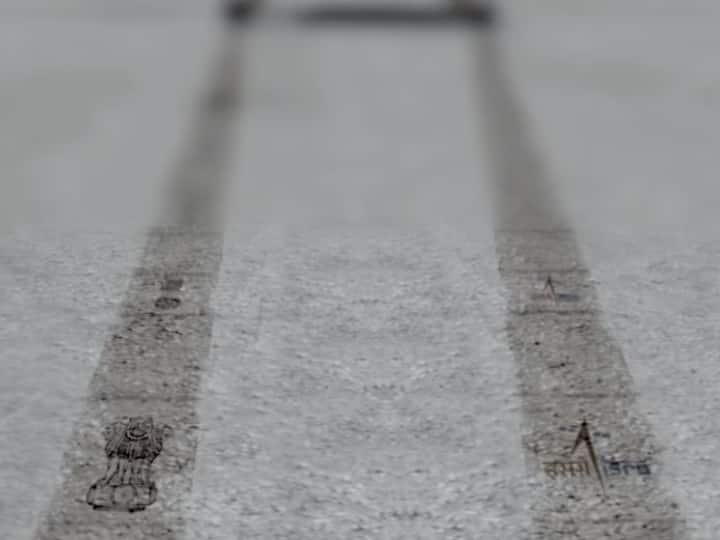Chandrayaan 3 Launch: India’s third lunar mission, Chandrayaan-3 has set out on its journey to the moon. It was successfully launched on Friday (July 15) from the Satish Dhawan Space Center in Sriharikota, Andhra Pradesh. At this time it is in the orbit of the earth and slowly moving towards the moon. The main goal of Chandrayaan-3 is to make its soft landing on the surface of the Moon. After this it will collect data from the surface of the Moon and uncover its secrets. Along with this, it will also leave the marks of India’s national symbol on the moon.
Chandrayaan 3 is planned to soft land on the south pole of the Moon on 23 August. Till now only three countries America, Russia and China have done this. With this, India will also join the club of these countries. chandrayaan 3 This time only Rover and Lander are going with this. The orbiter sent with Chandrayaan 2 is still there and working. Chandrayaan-2 was sent in 2019, but could not make a soft landing. Chandrayaan 2’s lander lost contact two km before the lunar surface.
There will be traces of India’s presence on the moon
After leaving the lander, Rover Pragyan will not only collect data but will also leave a mark of India’s presence on the lunar surface forever. The rover’s rear wheel is designed in such a way that as it moves forward, it will trace the national emblem of India taken from Ashoka’s pillar at Sarnath on the surface of the Moon behind it. Its second rear wheel will print the mark of ISRO which will forever be proof of India’s presence on the moon.
Full mechanism of Chandrayaan in ISRO’s video
ISRO had released an animated video during Chandrayaan 2’s launch, which showed its functioning after landing on the lunar surface. After Chandrayaan’s lander lands on the surface, the battery of the rover placed inside it will be activated and its solar panels will open. After this the rover will reach the surface of the moon. After reaching the surface, its camera and other parts will be activated and the rover will start moving on the surface.
Rover will be able to go only 500 meters away from the lander
The data that the rover will collect will be sent to the lander, which the lander will send to ISRO’s command center on the ground. ISRO scientists will be able to send commands to the rover only through the lander. The tenure of the rover will be equal to one lunar day (14 days on Earth). Rover Pragyan will not be able to go more than 500 meters away from the lander during the test on the lunar surface.
read this also




